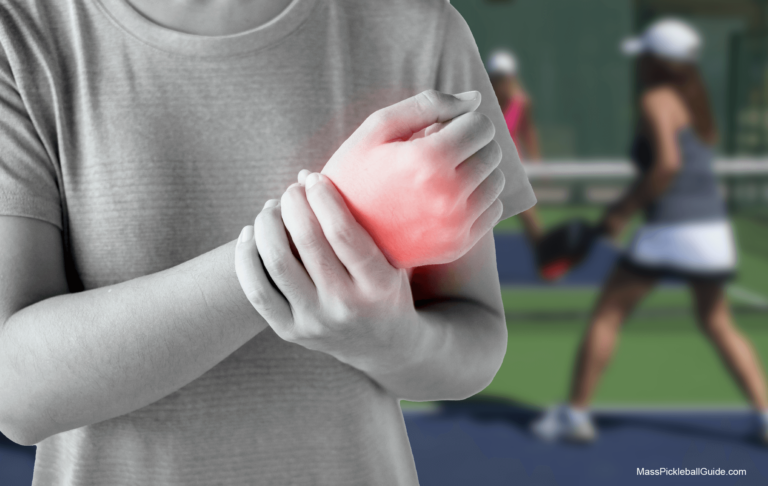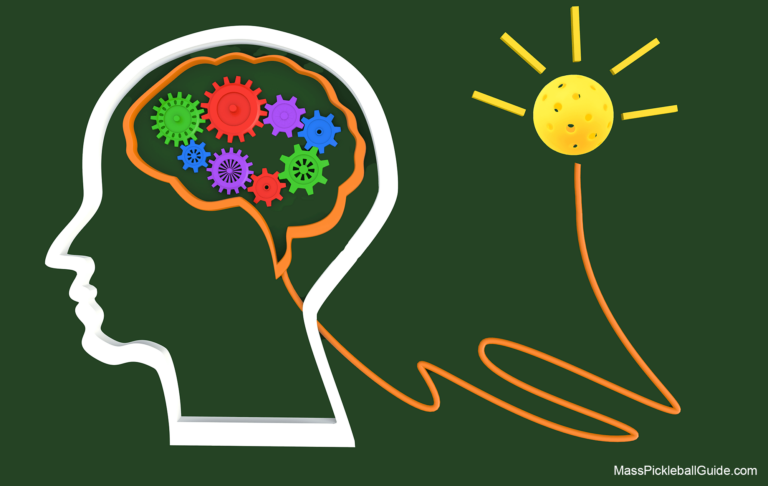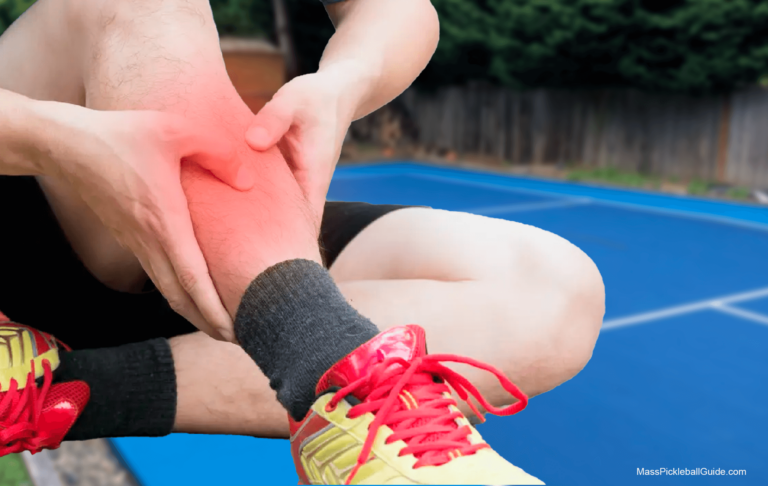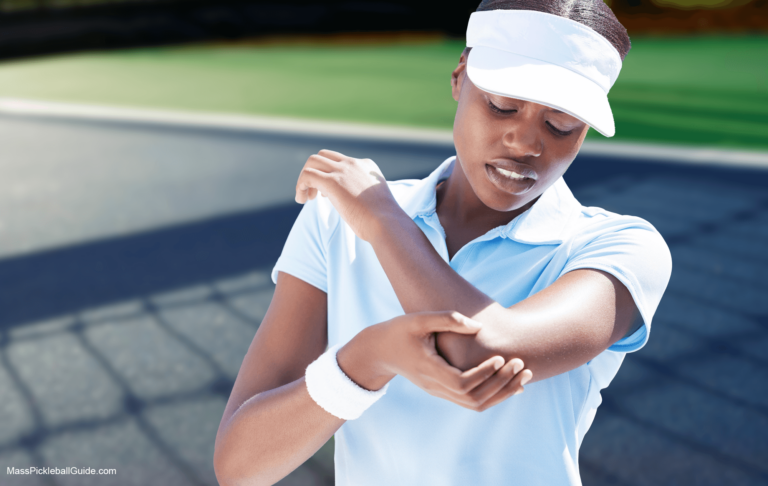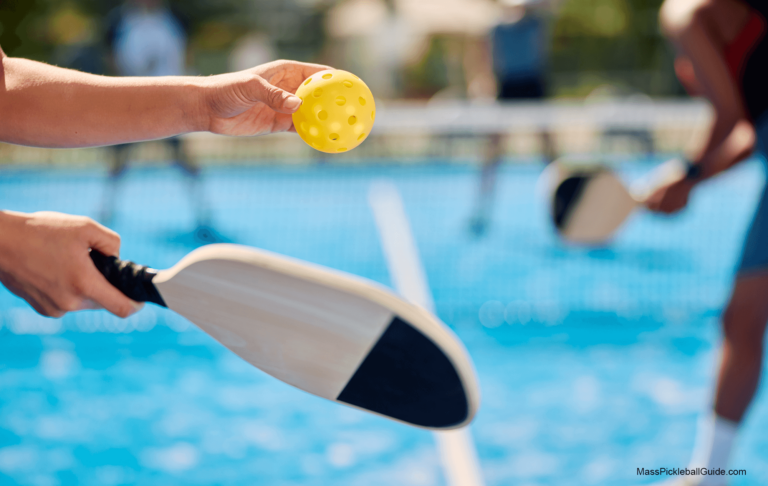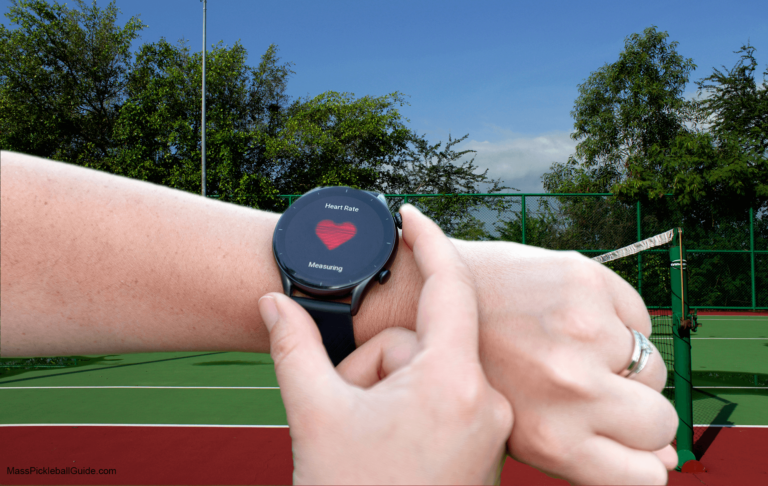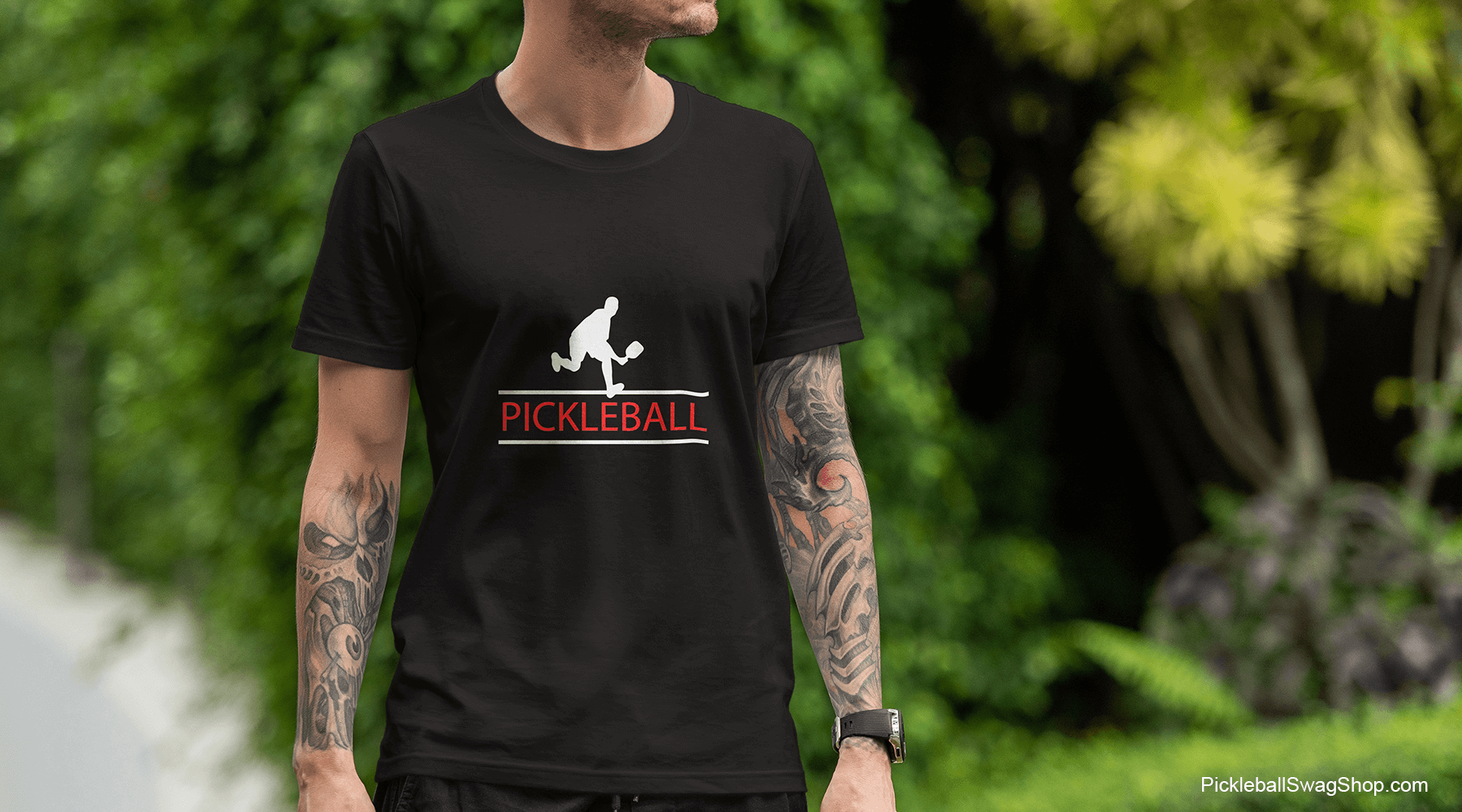Pickleball vs. Tennis: Unveiling Injury Risks & Prevention
is one any worse?
Introduction
Pickleball and tennis, two of the most celebrated racket sports in the world, have more than just a net and a ball in common. They captivate audiences, train the body, and sometimes, alas, result in injuries. For players, coaches, and passionate followers, understanding the physical demands and potential risks of each sport can greatly influence their enjoyment and approach to the game.
The Basics of Each Sport
Pickleball
Pickleball, a sport that many might initially dismiss as ‘tennis’s younger cousin’, has carved a unique space for itself in the realm of racket sports. It originated in the 1960s in the United States and has since experienced a meteoric rise in popularity. Here are some key features that make pickleball distinct:
- Court Size: Smaller than a tennis court, it allows for a different style of play.
- Equipment: Uses a paddle and a plastic ball with holes.
- Scoring: Unique scoring system where only the serving team can score points.
- Doubles Play: While singles is an option, doubles is more common in pickleball.
For those transitioning from tennis or simply looking to pick up a new sport, it’s worth noting some believe pickleball might be somewhat easier to grasp than tennis.
Tennis
Tennis, a sport steeped in rich history, has been the backdrop for some of the most iconic moments in athletic history. From the grass courts of Wimbledon to the clay of Roland Garros, tennis is revered on a global scale. Some defining aspects of tennis include:
- Court Surface Varieties: Grass, clay, and hard court, each influencing play style.
- Equipment: Uses a racket and a felt-covered rubber ball.
- Match Duration: Tennis matches, especially grand slams, can last several hours.
- Solo Play: While doubles is popular, the spotlight often shines brightest on the singles matches.
The physical demands of tennis, given its intensity and the potential length of matches, are substantial. With high-velocity serves, sudden direction changes, and powerful strokes, it’s no surprise that injuries can and do occur.
Common Injuries in Pickleball
As players swiftly move across the smaller court, darting forward to make a drop shot or backpedaling for a lob, the unique movements and rhythms of pickleball expose athletes to certain injury risks.
- Knee Injuries: The quick lateral movements and rapid starts and stops can strain the knees. Many players often wonder about the impact pickleball has on their knees.
- Back Pain: The bending and twisting, especially when serving or reaching for low balls, can lead to lower back pain. There are proven strategies and tips to manage and alleviate this discomfort.
- Other Common Ailments: From wrist sprains to calf strains, pickleball has its list of common injuries.
Common Injuries in Tennis
Tennis, with its expansive court and high-impact plays, has a distinct set of injury patterns:
- Tennis Elbow (Lateral Epicondylitis): Perhaps the most infamous tennis injury, it’s caused by repetitive use of the forearm extensor muscles. Regular players, especially those with improper grip or form, may experience this pain on the outer elbow.
- Stress Fractures: The constant pounding on hard courts can lead to tiny fractures in the shin or foot. It’s a reminder of the intense physicality of the sport.
- Ankle Sprains: The rapid directional changes, especially on slippery grass or clay courts, can result in rolled or sprained ankles.
- Rotator Cuff Injuries: Serving in tennis requires a complex interplay of shoulder muscles. Overuse or improper technique can damage this group of muscles and tendons.
- Tennis Leg: It’s a tearing of the calf muscle and can occur during a forceful push-off, commonly seen during serves or lunges.
It’s important for tennis players, both amateur and professional, to be aware of these risks and to adopt preventive measures. Regular check-ups, appropriate gear, and proper technique are just a few ways to ensure a safer game.
Prevention and Recovery
Regardless of the sport, injury prevention is paramount. A smart athlete not only trains hard but also trains smart.
Pickleball
For pickleball players, here are some general guidelines:
- Warm-Up and Stretch: Before diving into a game, ensure that your body is adequately prepared. Focus especially on the muscles most used: calves, quads, and shoulders.
- Wear Appropriate Footwear: Given the court’s unique size and movement patterns, wearing shoes that offer good grip and ankle support can make all the difference.
- Maintain Equipment: Regularly inspect paddles for wear and tear. A damaged paddle can affect your swing and potentially increase the risk of injury.
- Listen to Your Body: If something feels off, it’s essential to give your body a break. Overexertion can lead to severe injuries.
Tennis
For tennis enthusiasts:
- Form and Technique: Proper form, especially during serves, can help prevent many injuries. Consider hiring a coach or taking lessons if you’re new to the sport.
- Strength Training: Incorporate exercises that strengthen the muscles you use most in tennis: forearms, shoulders, and legs.
- Stay Hydrated: Given the length of some tennis matches, dehydration can sneak up on players, leading to cramps and fatigue.
- Regular Rest: Adequate rest between matches ensures muscles and joints can recover, reducing the risk of strains or overuse injuries.
Conclusion
Whether you’re volleying in pickleball or serving an ace in tennis, both sports, while delightful, come with their set of risks. However, by being informed, practicing good techniques, and prioritizing prevention, players can enjoy these games with reduced risk and full passion.
If you’re looking to dive deeper into pickleball’s nuances, especially its comparison to tennis, our blog has an extensive range of articles. From understanding why some believe pickleball is easier than tennis to exploring common injuries, we’ve got you covered. Play safe and have fun!

